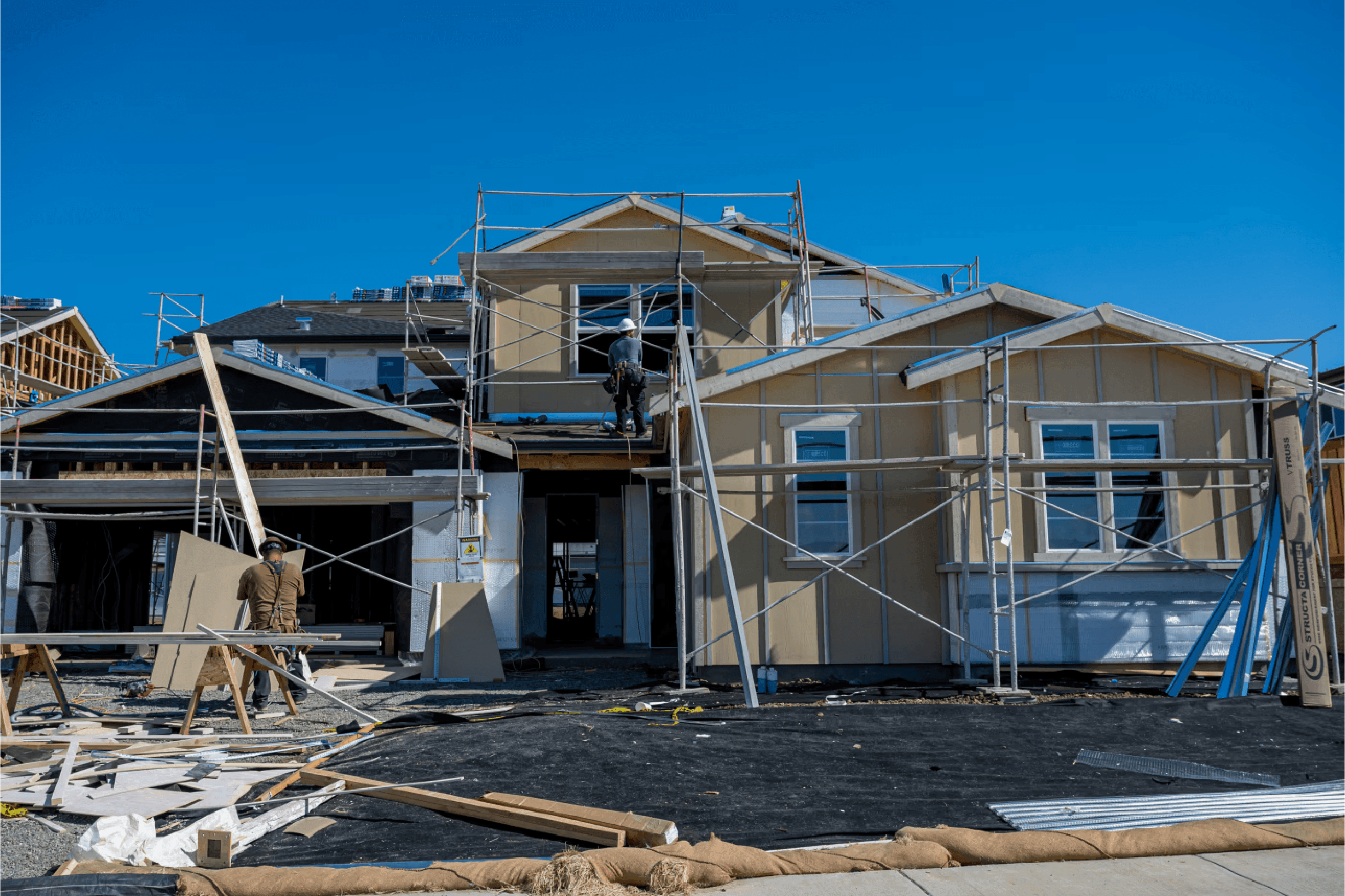
Builders across the U.S. are advertising some of the lowest mortgage rates on the market. These offers can look incredibly appealing, especially in a high-rate environment.
But according to a recent Wall Street Journal analysis by Carol Ryan, the true cost of these low-rate loans isn’t always obvious. Buyers who take advantage of builder-provided financing may be more likely to overpay for their home and end up underwater shortly after closing.
Below is a breakdown of the article’s key findings and why borrowers should approach these offers with caution.
Large builders—like D.R. Horton and Lennar—often secure “forward commitments,” allowing them to buy mortgage rates in bulk at below-market pricing. That’s how they can promote 3–4% 30-year mortgages when traditional lenders are closer to 6%.
Unlike traditional sellers who are limited to concessions capped by Fannie Mae and other guidelines, builders can offer massive incentives without those restrictions.
Lennar recently offered incentives equal to 14% of the home price—about $64,000 per home, the highest since 2010.
Builders are relying on these incentives heavily due to an oversupply of new inventory.
The article cites data from the AEI Housing Center showing that from 2019 to 2024:
New homes purchased from the largest builders (those using aggressive buydowns) increased 6% more in price than comparable homes.
Buyers may feel like they’re getting a great deal on the mortgage—but they’re often paying more for the home itself.
Analysis from Reverse Engineering Finance found:
27% of FHA loans originated by Lennar’s mortgage arm (2022–2024) are now underwater.
For D.R. Horton’s lending arm: 18% are underwater.
For comparison, non-builder lenders like Quicken Loans have much lower rates of underwater FHA borrowers (around 10%).
The risk is higher because new construction neighborhoods tend to have a lot of new supply —so if the market dips even slightly, homeowners may owe more than the property is worth.
Cutting the home price by 10% directly affects the builder’s revenue and the value of surrounding homes. It's often cheaper for a builder to spend half that amount to buy down the mortgage rate, while still selling at full price.
History has shown that when borrowers fall into negative equity, the chances of default rise. The article also notes:
Nearly two-thirds of FHA borrowers last year had debt-to-income ratios over 43%—already considered high risk.
Promotional rates from builders aren’t inherently bad—but they do require a careful look at the full financial picture.
At Transparent Mortgage, here’s how we guide clients to evaluate these offers responsibly:
A low mortgage rate can still be a bad deal if the purchase price is inflated.
Before accepting the builder’s offer:
Compare the home’s price to recent sales of similar homes (new and existing).
Ask for a full breakdown of incentives—including how they affect the price.
Builders often require buyers to use their preferred lender to access incentives. Even so, you can—and should—get an outside quote.
An independent lender can tell you:
What the home’s appraised value truly is
Whether the loan structure is financially sound
If the “deal” will cost more in the long run
A 0.99% rate in year one can feel amazing—but your payment could increase significantly when the buydown ends.
Make sure you fully understand:
When the rate adjusts
What your payment will be long-term
Whether you can comfortably afford the payment after the buydown period
Underwater risk is highest for buyers who may need to sell again within a few years.
If you’re relocating frequently or unsure about staying long term, paying an inflated price today may put you in a tough spot later.
High debt-to-income ratios, tight budgets, and minimal savings can magnify the risks of temporary incentives.
A sustainable mortgage should:
Fit comfortably within your monthly budget
Allow room for future expenses
Not depend on refinancing to remain affordable
Builder-provided low mortgage rates can be attractive, and sometimes they do make sense for buyers—but they often come with trade-offs that aren’t immediately visible.
At Transparent Mortgage, our role is to help buyers make informed, confident decisions based on clear math, fair comparisons, and long-term financial stability. If you're considering a builder’s mortgage incentive, we’re here to provide a transparent review so you know exactly what you’re getting—and whether the deal truly benefits you.
Source: Summary of “Builders’ Cheap Mortgages Are a Bad Deal for Home Buyers” by Carol Ryan, The Wall Street Journal, Nov. 13, 2025.